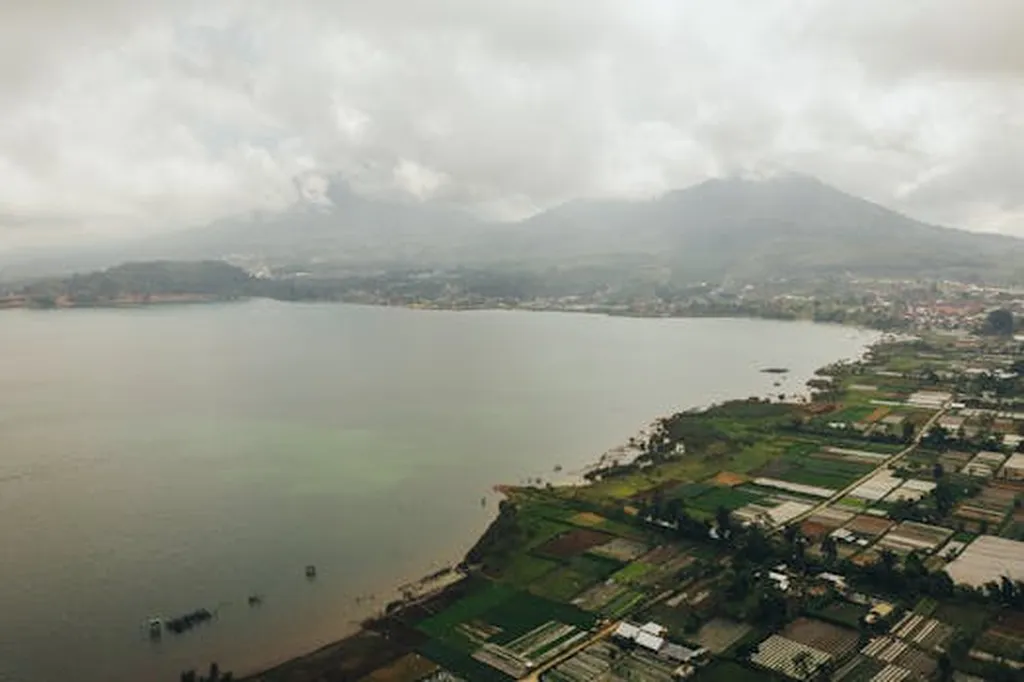In the wake of the ongoing conflict in Ukraine, the country faces an immense challenge in rebuilding its water infrastructure, a critical component for food production, public health, and economic stability. A recent study published in the *Geoscience Data Journal* offers a promising tool to aid in this reconstruction effort. Led by Valeriy Osypov of the Ukrainian Hydrometeorological Institute, the research introduces a high-resolution hydrological model of Ukraine’s river basins, integrated into an interactive web platform called ‘Land & Water.’
The model, built using the Soil and Water Assessment Tool (SWAT), covers all nine major river basins in Ukraine, spanning an area of 873,600 square kilometers. It provides detailed assessments of water balance, including river discharge, groundwater flow, and irrigation needs. This level of granularity is unprecedented and could significantly enhance decision-making for water management, particularly in the agriculture sector.
“This model is a game-changer for Ukraine’s agricultural industry,” says Osypov. “By providing accurate data on water availability and requirements, farmers and policymakers can make informed decisions that optimize crop growth and irrigation practices.”
The ‘Land & Water’ platform is designed with user-friendliness in mind, allowing both experts and non-experts to visualize and download model results. This accessibility is crucial for fostering transparent water governance and supporting environmental research. The model’s multifaceted calibration approach ensures balanced performance for surface, lateral, and groundwater dynamics, addressing critical data gaps that have hindered effective water management in the past.
One of the most significant impacts of this research is its potential to shape future developments in hydrological modeling and water governance. By providing a comprehensive and accessible tool, the study sets a precedent for other regions facing similar challenges. The model’s ability to estimate river discharge for transboundary inflows and assess irrigation needs could be particularly valuable for sustainable agriculture and climate adaptation strategies.
“This is not just about rebuilding infrastructure; it’s about building resilience,” Osypov emphasizes. “The ‘Land & Water’ platform empowers communities to adapt to changing environmental conditions and make sustainable choices for the future.”
As Ukraine navigates the complexities of post-war reconstruction, this hydrological model offers a beacon of hope and a practical tool for ensuring the country’s water resources are managed effectively. The research, led by Valeriy Osypov of the Ukrainian Hydrometeorological Institute, published in the *Geoscience Data Journal*, underscores the importance of integrating advanced technology and data-driven approaches in the pursuit of sustainable development.

